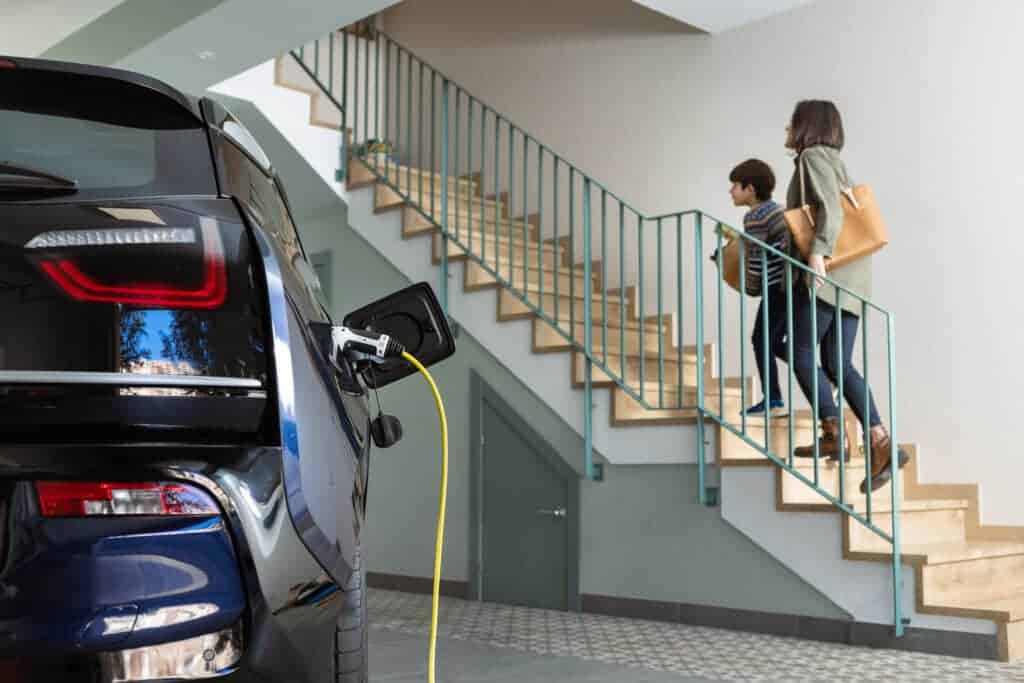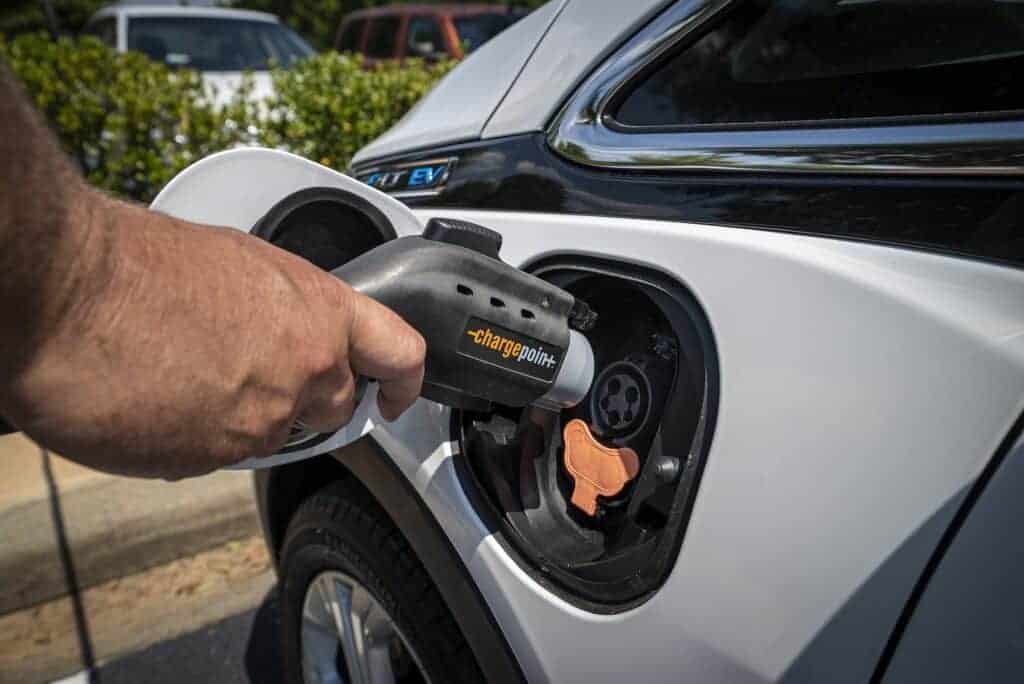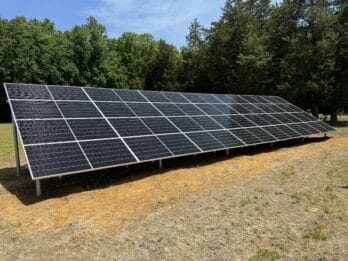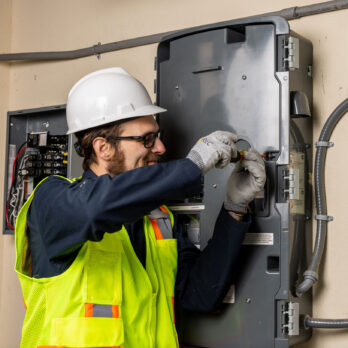What does the Inflation Reduction Act Mean for Electric Vehicles?
Finally, some good news! Recently, the Inflation Reduction Act (IRA) passed in the US, and it is showing a brighter, more sustainable future for electric vehicles.
The Inflation Reduction provides tax credits and supports the expansion of clean electric vehicles, for a more sustainable infrastructure.
This new law is expected to positively affect a variety of sectors, including healthcare and renewable energy, but one of the most important incentives is the one concerning EV’s. Those wishing to purchase an electric vehicle can make the most of the newly revamped Clean Vehicle Tax Credit or the new tax credit specifically designed for used electric vehicles.
However, some of these changes are not going to be available to potential electric vehicle buyers right away, as the electric vehicle industry may take a little while to adapt to these newer, stricter regulations.
The Federal Electric Vehicle Tax Credit: A Quick Summary
The IRA is both extending the federal electric vehicle credit available to those purchasing new vehicles to 2033 (currently capped at $7,500). And has also set new qualifications for electric vehicles that have been placed in service after 2023.
The standard EV tax credit available until now will still apply for those electric vehicles that have been purchased between now and the start of 2023. On the other hand, an extra requirement has been added that the electric vehicles must have been assembled in North America.
A new addition is that customers can get a credit of up to $4,000 when purchasing a used EV valued up to $25,000.
There are additional things to note to ensure that you can be eligible for this credit next year: for example, both cars and their batteries must have been assembled within the US and the minerals used within the battery itself must have been sourced from the US or countries that have free-trade agreements in place.
How Much Is the Electric Vehicle Credit Worth For 2022?
Before the introduction of the IRA, the electric vehicle tax credit considered the size of the battery (kWh) and could reach up to $7,500 in credit. Only the first 200,000 electric vehicles that were sold by a manufacturer were able to qualify for this tax credit, which was quickly capped for a few manufacturer types.
These rules still apply for electric vehicles purchased after the introduction of the IRA and until the end of 2022. As a new requirement, only electric vehicles bought between 16th August 2022 and 31st December 2022 and assembled in North America will qualify for this tax credit.
Some of the most common electric vehicle models that qualify for the credit and meet all the old and new requirements are the BMW 330e and xDrive45e, some Ford EV models, the Mercedes EQS and the Nissan Leaf. Also, pre-orders on the Rivian and Lucid EV are qualifying.
Mineral and Battery Components Requirements
Starting in 2023, to qualify for half of the tax credit ($3,750), at least 40% of the critical minerals in the car battery must come from the US or from countries that have a free trade agreement with the US. This percentage is set to increase every year until 2028 when it will reach 80%.
The remaining $3,750 available depends on the percentage of battery components that have been assembled or manufactured within North America. For example, by 2023 the amount is 50%. This percentage will also increase yearly until 2028, when it will reach 100%.
As you can see, in order to benefit from the full $7,500 credit, the majority of the components and minerals of your car battery must be assembled or sourced from North America. The requirements will become more difficult to meet each year, as the supply chain will need to evolve to support the new stipulations. As a result, it is tough to predict which cars will qualify now and, in the future.
How Do I Qualify for the Electric Vehicle Tax Credit?
This new tax credit will apply to all electric vehicles put into service from January 1st, 2023, until the end of 2032. However, that doesn’t mean that every electric vehicle qualifies for this tax credit. Read more below to find out what the additional requirements are.
Income Requirements
To ensure that you qualify for this tax credit, if you are a single tax filer, your yearly income must be lower than $150,000. This requirement is in place to ensure that the Clean Vehicle Tax Credit goes to those citizens who need it the most.
For joint tax filers, the cap is set at $300,000. If the person filing is the head of the household earns more than half of the total household income and has dependents, the maximum yearly income is set at $225,000.
Manufacturer’s Suggested Retail Price Requirements
As this tax credit has been designed to support the average electric vehicle buyer, the IRA puts a cap on the MSRP (Manufacturer’s Suggested Retail Price) as well, to avoid the benefits flowing to luxury electric vehicle purchases.
This means that the cost of the electric vehicle is an extra requirement to be eligible for the tax credit. For SUVs, vans and pickup trucks, the maximum cost is $80,000 and for other electric vehicles, the cost is $55,000.
For example, if you were looking to purchase a Model 3 Tesla, you would still be within the MSRP requirements, but if you were looking at the Model X, then it would exceed the limit. Luxury EVs purchased before the end of 2022 will not be impacted, as these requirements do not go into effect until January 1st, 2023. The same applies for the income requirement.
North American Assembly
Starting now, the so-called ‘final assembly’ of the EV must have been carried out within North America. This means that even if your car’s minerals and battery may have been mined and manufactured in the US, if they have been then shipped to a car manufacturer abroad it still won’t qualify for the tax credit.
Car manufacturers such as Ford and Tesla, which are currently assembling within the USA, are producing EVs that will meet these strict requirements. From January 1st, 2023 on, if your car’s battery has not been assembled within North America with the correctly sourced minerals, it will not qualify for the tax credit.
Additional Changes to the Electric Vehicle Tax Credit
Another great change to the tax credit is that you can apply the credit at the car dealer during the sale, which can be used as a down payment or a reduction on the vehicle’s total cost. This is a great addition as you can take advantage of this credit immediately, instead of having to file it back later with your taxes.
Additionally, starting from 2023, there won’t be a cap on the amount of vehicles from a certain manufacturer that will be eligible for this tax credit. Previously, only the first 200,000 cars sold by each manufacturer could qualify for this tax credit.
For example, brands like Tesla, GM and Toyota had already reached this limit, so customers were not able to qualify for the tax credit when purchasing new EVs from them. Thankfully, with this new IRA, new customers can purchase from these manufacturers again and be eligible for this tax credit, provided they comply with the requirements previously mentioned.
How Can I Be Eligible for the Electric Vehicle Tax Credit?

- The model must be at least 2 years old
- The cost must be 25,000 or less
- The vehicle must be purchased through a dealership
The incentive also has income restrictions. For example, the tax credit won’t be available if the gross income of a single tax filer is above $75,000 or over $150,000 for joint filers.
How Can This Help Potential Car Buyers?
Although these new requirements for qualifying EVs may seem daunting, more and more car manufacturers are willing to take advantage of these incentives offered by the IRA and it seems more likely that they could add more production facilities within the US to ensure more cars can be eligible for this tax credit.
This legislation has been created to help more Americans switch to cleaner and greener cars for a more sustainable future. Plus, EVs cost less to drive than combustion engine cars, so you’ll save money and help the environment.
Questions?
Contact us today to find out how Dominion Energy Solutions can answer your questions regarding the EV tax credits or if you need assistance with EV Charging Installation services.






